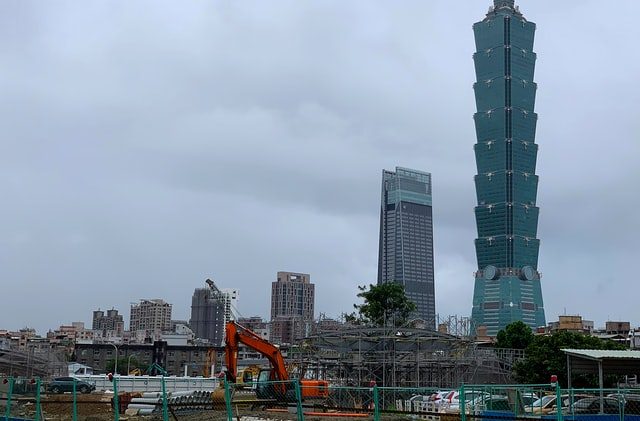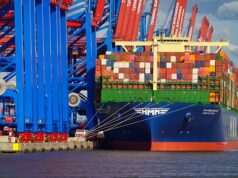Asia’s gross domestic product (GDP) is expected to contract for the first time in recent memory by 1.6% in 2020, a further downgrade from the April projection of zero growth, before making a slow and partial recovery in 2021, according to an International Monetary Fund (IMF) official.
Asia’s economic growth in the first quarter of 2020 was, in fact, better than projected in April, but June projections for 2020 have been revised downward for most countries in the region on account of weaker global conditions and more protracted containment measures in several emerging economies, said Tao Zhang, IMF deputy managing director.
The IMF projects that “only a very small number of economies in Asia and the Pacific will actually grow this year,” including China by 1.0%. Most economies in the region are expected to contract in 2020, and some quite sharply—Korea by around 2%, India by 4.5%, Japan by 5.8%, and some other economies by even more, given their dependence on remittances, tourism, and/or commodities, said Zhang last July 10.
Across Asia on the demand side, the only spending that is growing in 2020 is government consumption and investment, in emerging as well as advanced economies. In other words, economies are relying heavily on government stimulus, Zhang said.
Asia is expected to see recovery in 2021, and the IMF projects a pick-up of 6.6%, with China growing at 8.2%. This is also a revision downward from the IMF April forecast by 1%, leaving the level of Asia’s real GDP 5% lower in 2021 compared to pre-crisis projections.
“In other words, we expect output losses in Asia from the pandemic to be persistent. And, unfortunately, some of this will be permanent. We are assuming a recovery of the private sector in 2021, but the pace is slower than previously expected. Moreover, the assumptions regarding this private-sector-led recovery may turn out to be somewhat too optimistic,” Zhang said.
He explained that the slow and partial recovery being forecast for the region is partly due to the scope and duration of lockdown, which have been more substantial than expected, and already making some permanent negative effects, despite policy stimulus. Zhang pointed particularly to social distancing and other containment measures as constraints to capacity and productivity, as surviving businesses enhance workplace safety and hygiene standards.
Another reason: Many Asian economies depend on tourism, remittances, and in-person contact services, which will take a lot longer to recover, Zhang added.
He also mentioned the impact of slowing global trade growth on Asian recovery.
“For Asian economies, the overall picture that they heavily depend on global supply chains has not changed, so that they cannot grow by themselves while the whole world is suffering,” he continued.
“Given the sharp recession in advanced economies outside Asia, it is expected that the overall exports of Asia will contract quite significantly in 2020.”
Moreover, inequality has been widening in Asia and the adverse impacts of the COVID-19 shock are making even worse the growing domestic inequality in the region, which has a high proportion of informal workers.
“This can leave deeper economic scars, make the recovery more protracted, and pose greater challenges to social protection and health care systems,” he said.
Further, high debt levels will be a common problem. Weakened household and corporate balance sheets in many Asian countries can weigh on investor sentiment and affect the pace of the recovery, amplifying the scarring effects.
Finally, should the private sector-led recovery not occur as IMF is currently forecasting, policymakers in Asia will not have the space to provide much economic and financial policy support as they have been able to do in 2020 so far, said Zhang.
Photo by Mihály Köles on Unsplash









